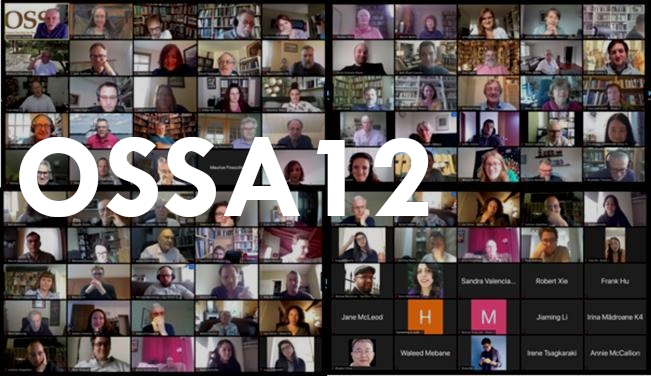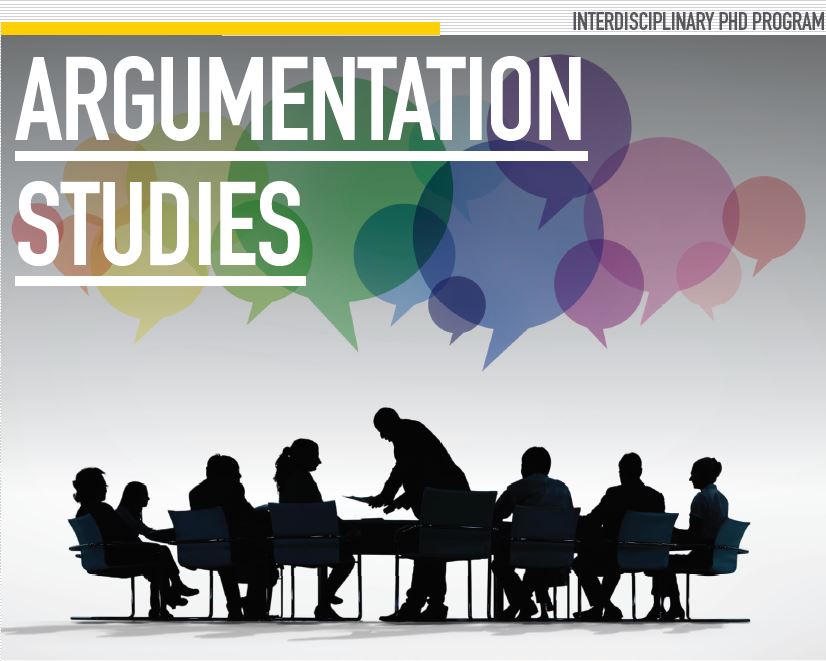Location
Room 2
Document Type
Paper
Keywords
ad hominem, cross-examination, evidence, expert testimony, law and science, legal argumentation, legal evidence, trial
Start Date
4-6-2020 11:00 AM
End Date
4-6-2020 12:00 PM
Abstract
The Frye and Daubert rulings give us two very different ways to intend the relation between law and science. Through the contributions of Wellman and Walton, we will see how the main method to question the expert’s testimony before a judge deferent to science is to question her personal integrity by using ad hominem arguments. Otherwise, using Alvin Goldman’s novice/expert problem, we will investigate if other manners of argumentative cross-examinations are possible.
Reader's Reactions
Marko Novak, Commentary: Scientific Evidence - From a "Deferent" to a "Novice" Judge: Comments on Zoppellari's Paper (June 2020)
Dimitris Serafis, Commentary on: “Diversity in Argumentation Theory” (by Claudio Duran & Eva Hamamé) (June 2020)
Included in
Criminal Law Commons, Criminal Procedure Commons, Evidence Commons, Judges Commons, Jurisprudence Commons, Law and Philosophy Commons, Law and Society Commons, Philosophy Commons, Science and Technology Law Commons
The acquisition of scientific evidence between Frye and Daubert. From ad hominem arguments to cross-examination among experts
Room 2
The Frye and Daubert rulings give us two very different ways to intend the relation between law and science. Through the contributions of Wellman and Walton, we will see how the main method to question the expert’s testimony before a judge deferent to science is to question her personal integrity by using ad hominem arguments. Otherwise, using Alvin Goldman’s novice/expert problem, we will investigate if other manners of argumentative cross-examinations are possible.

